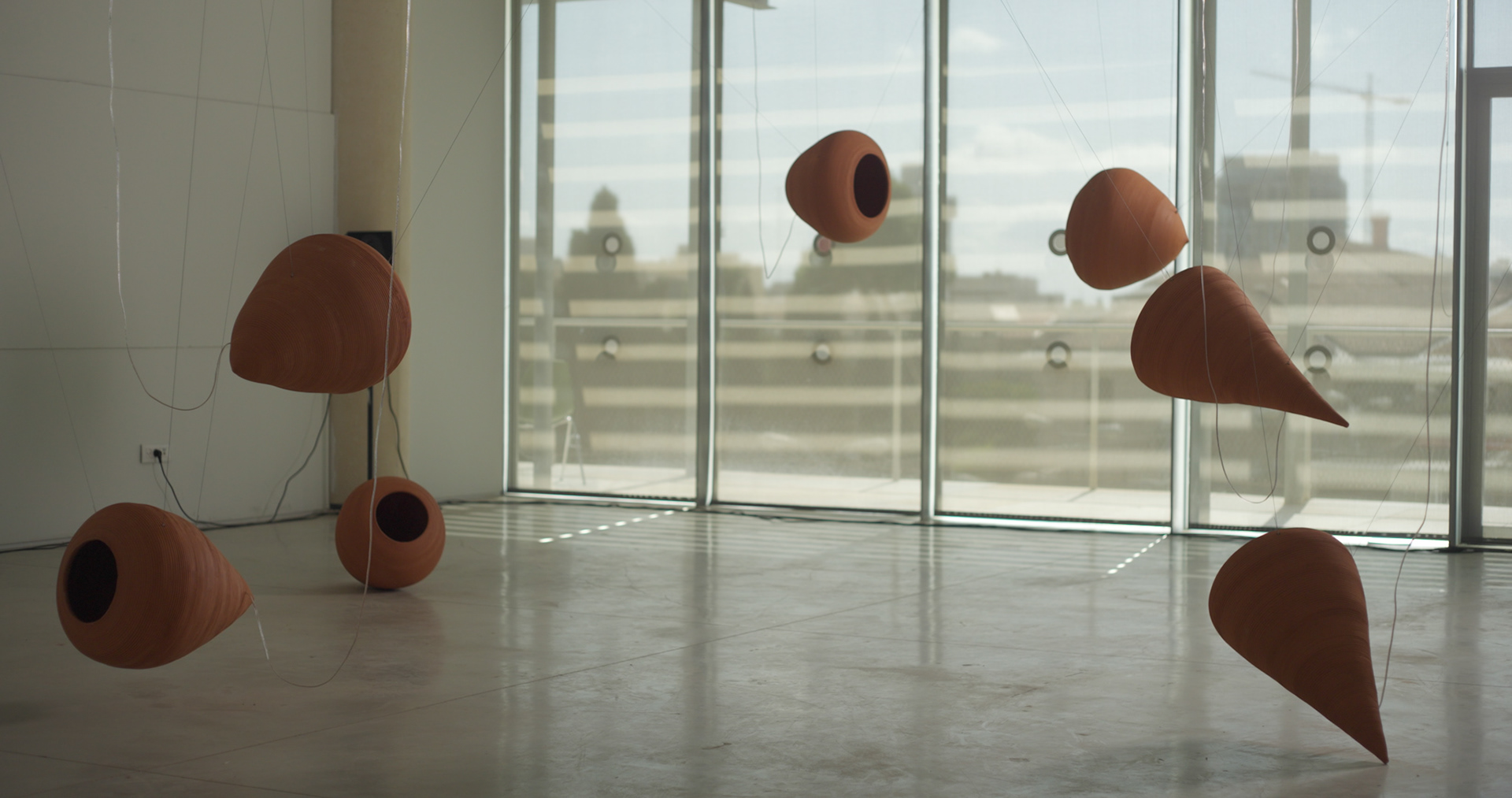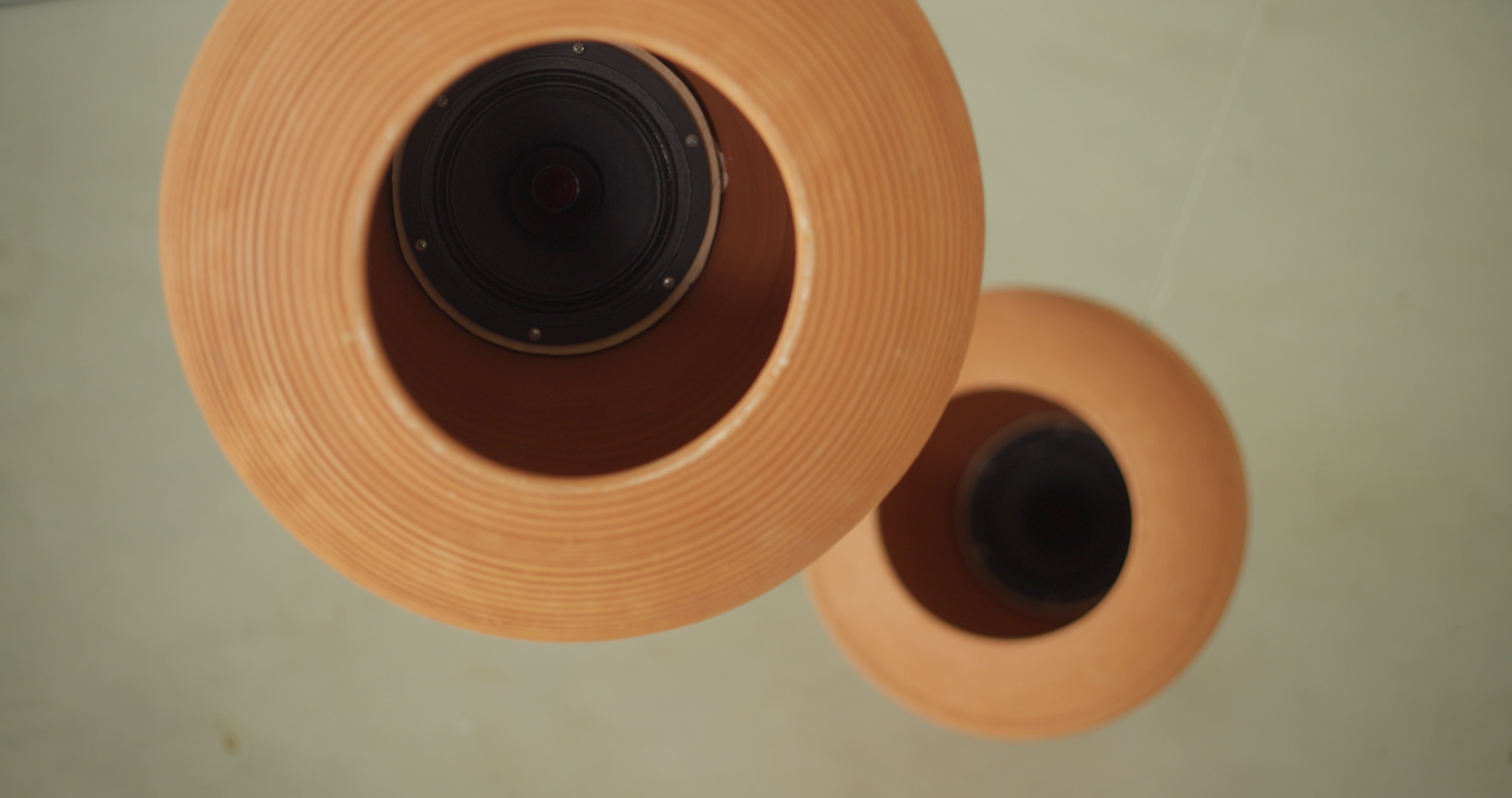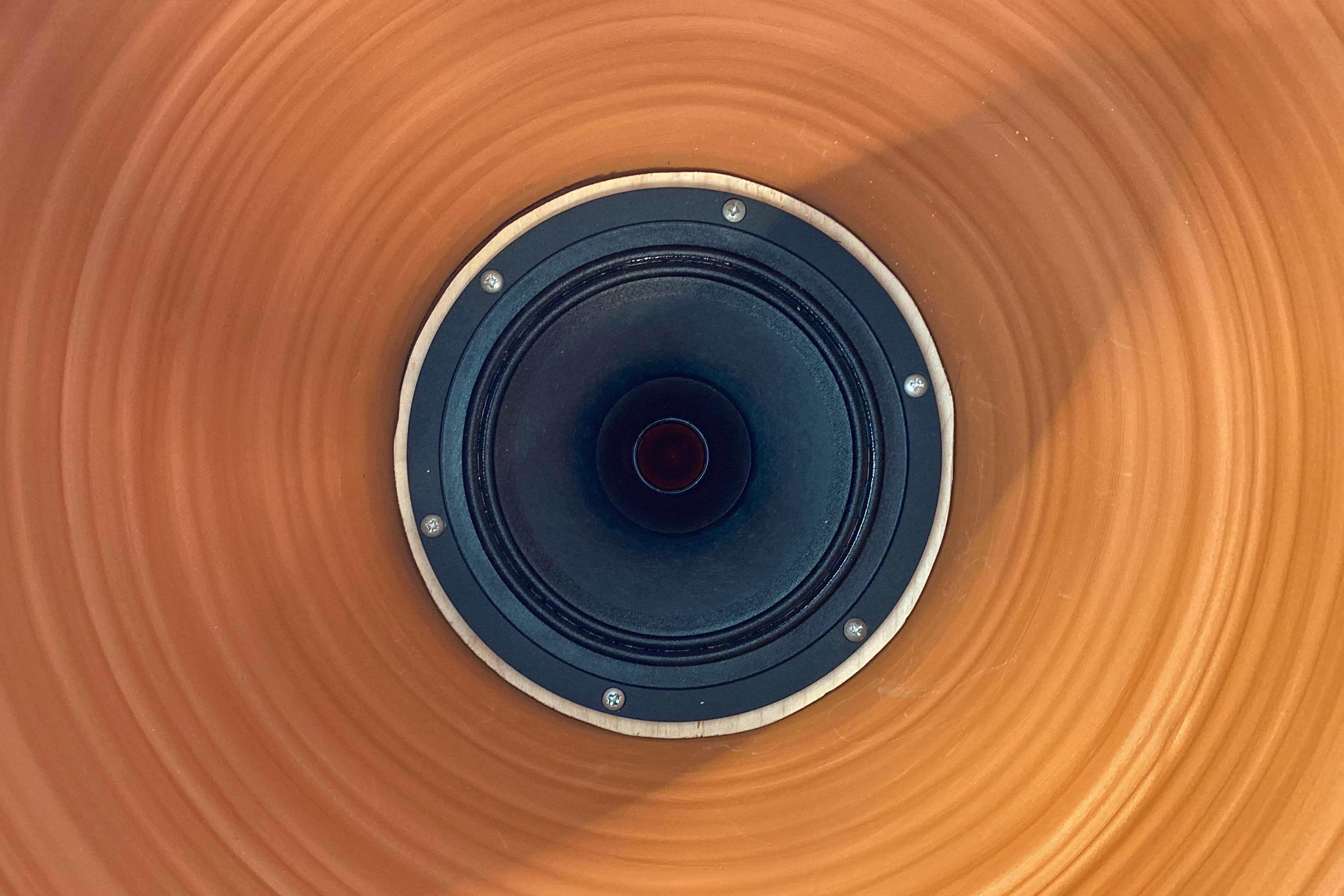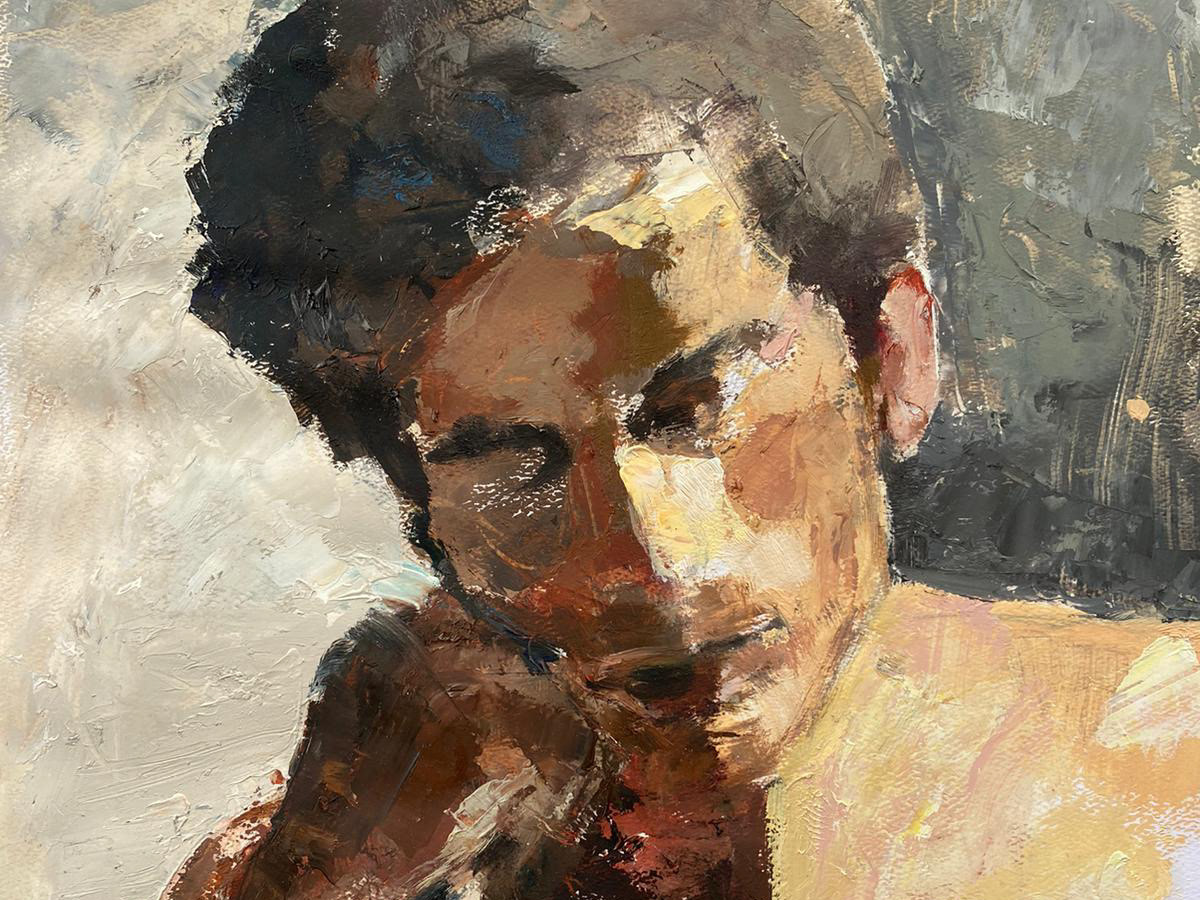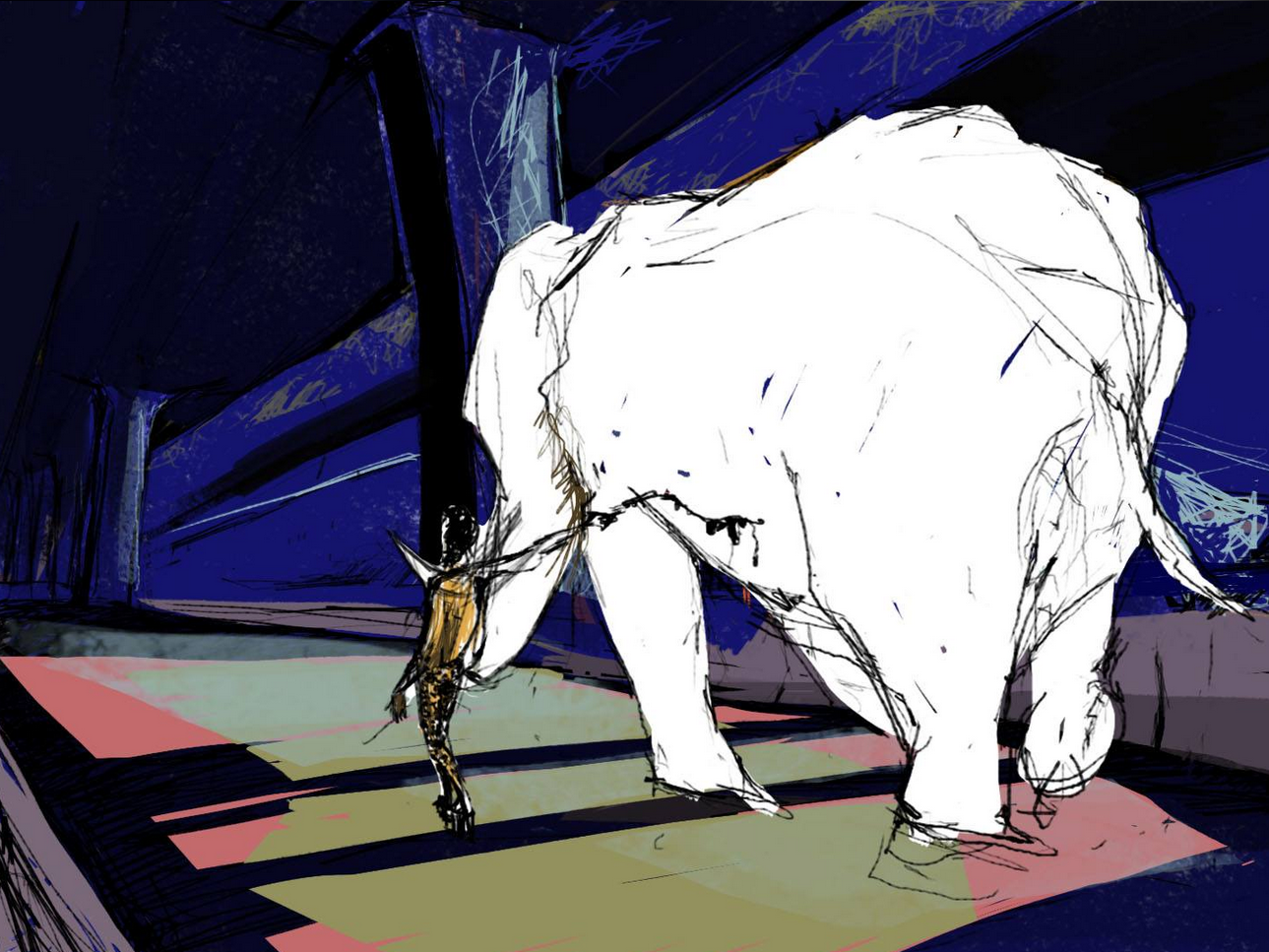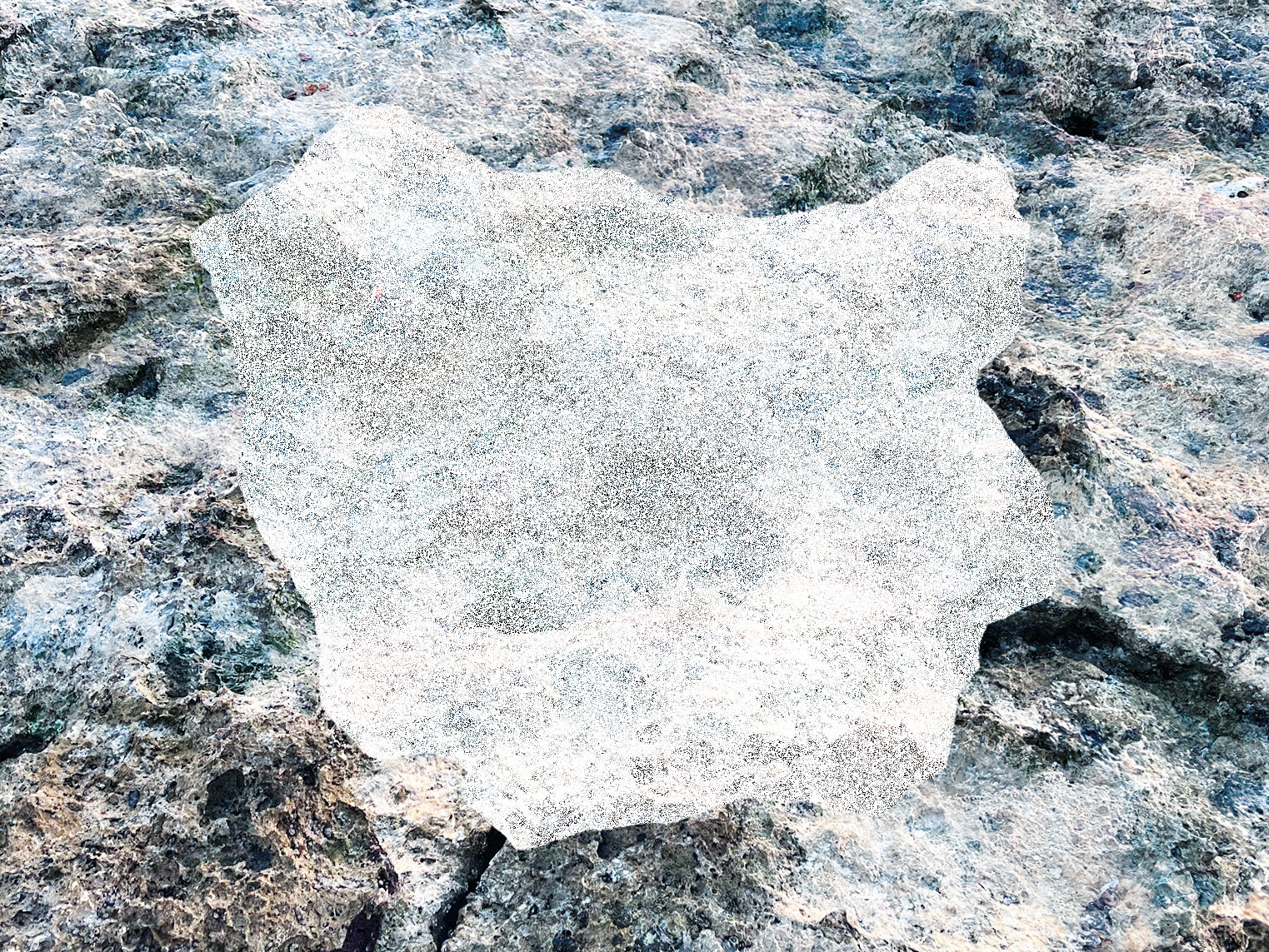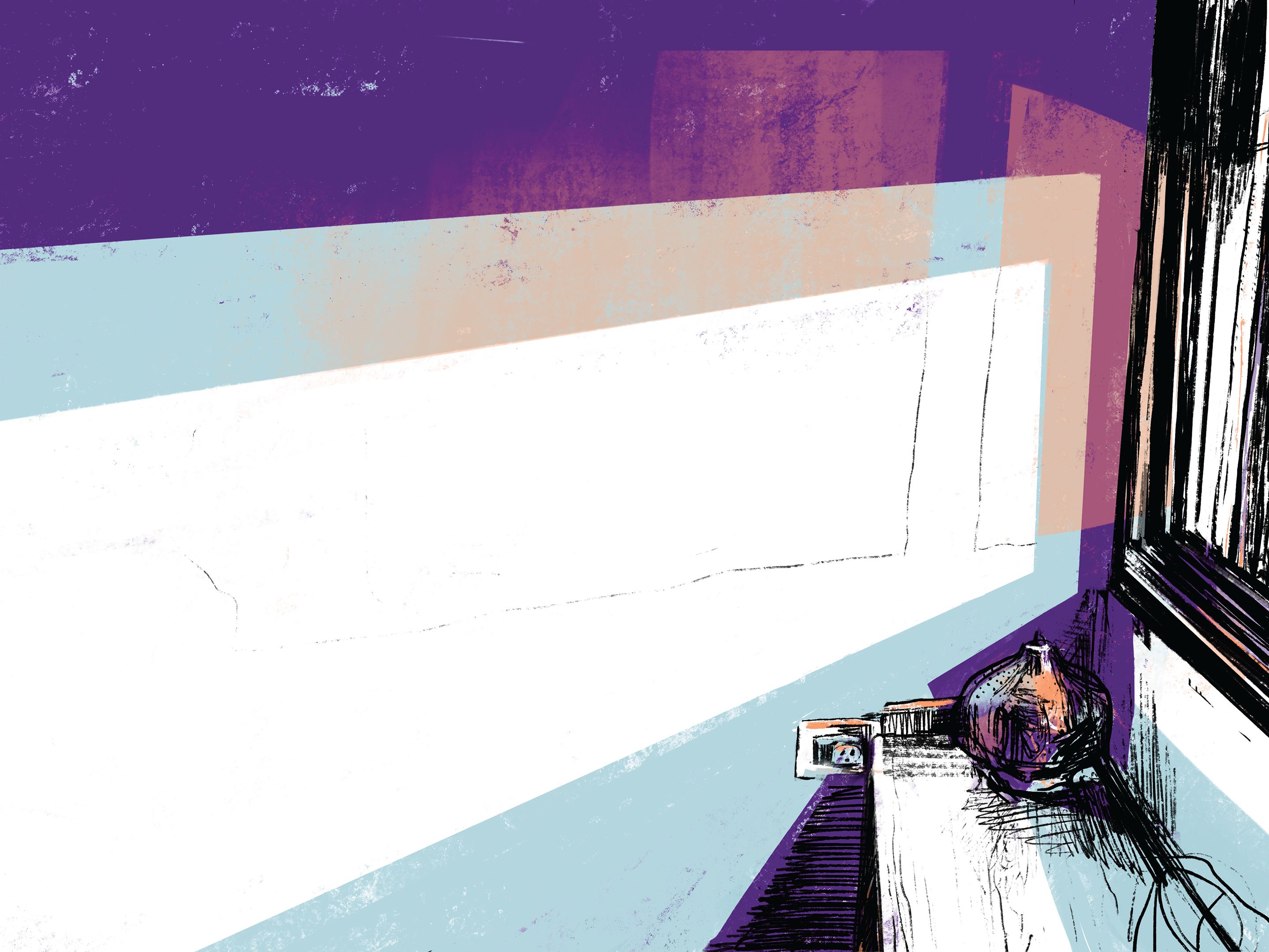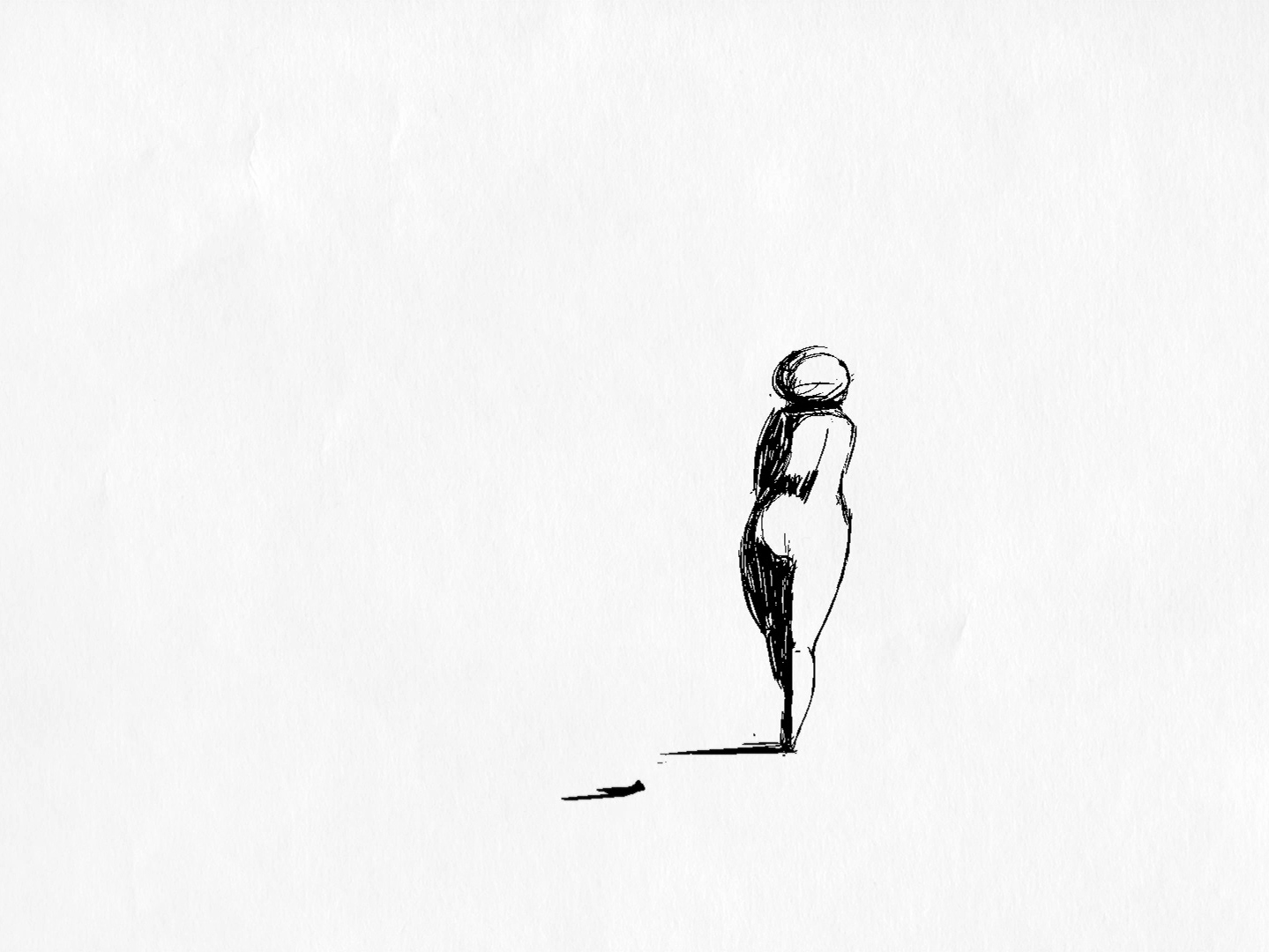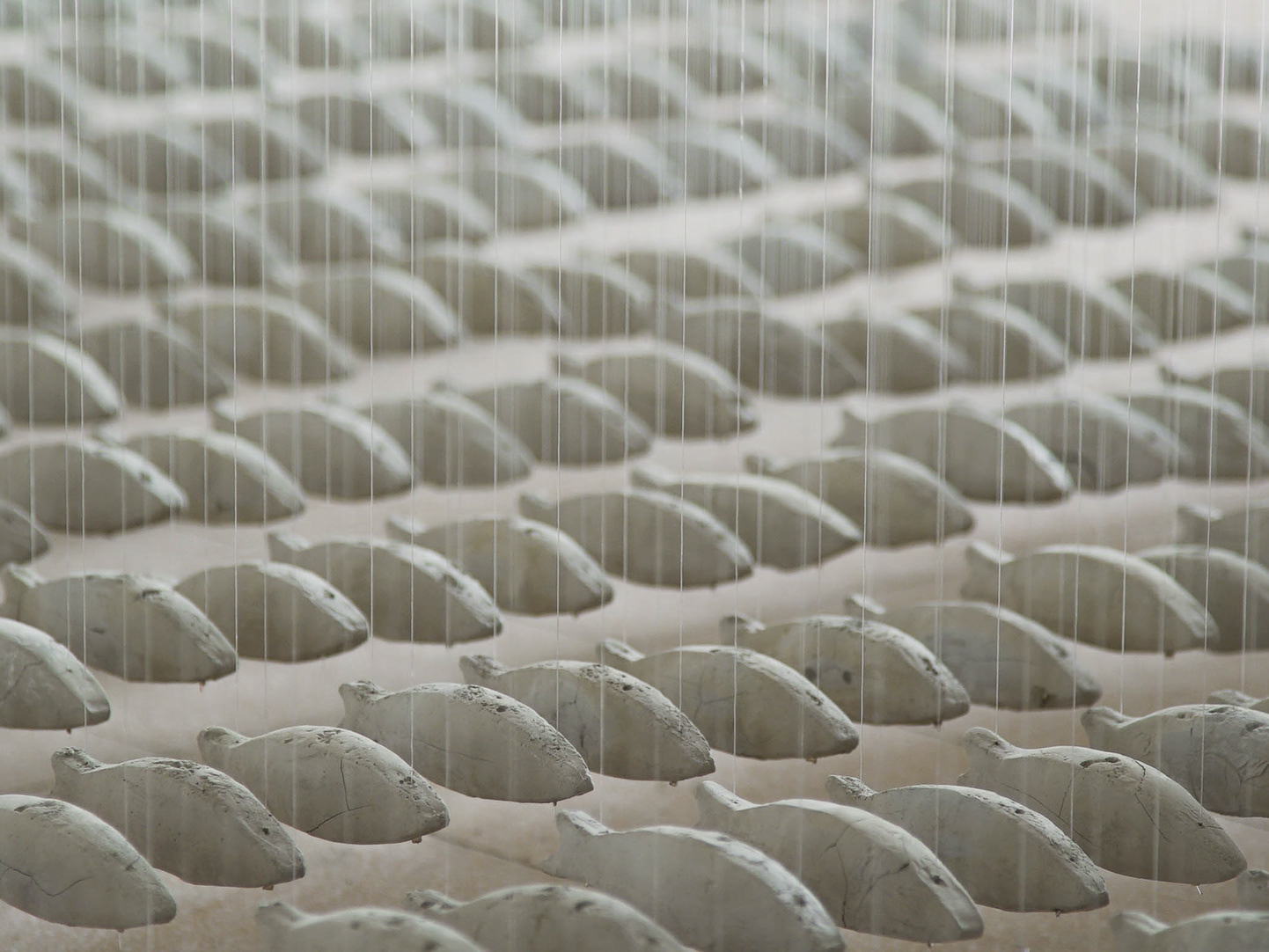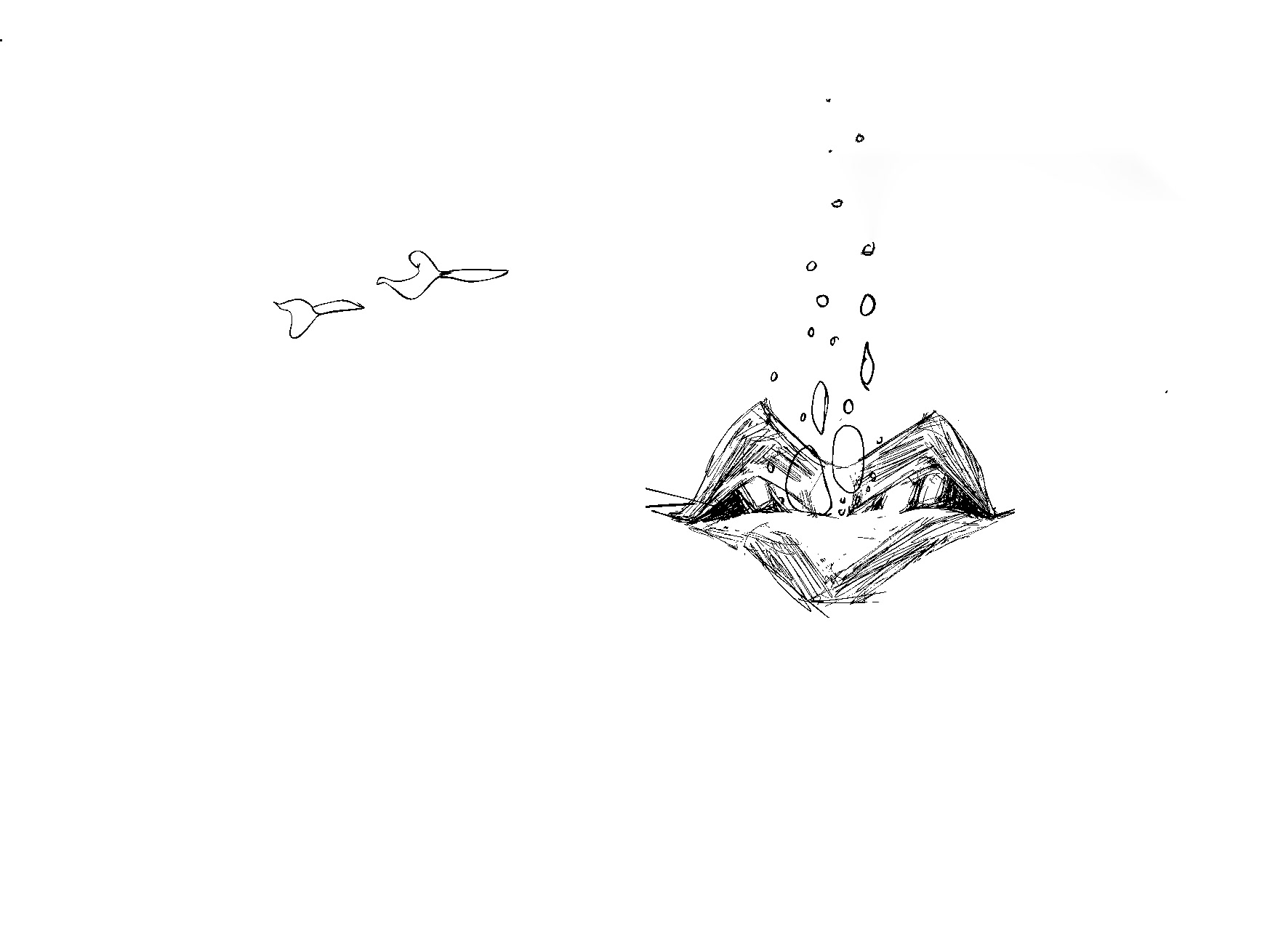Credits:
Bassoon: Mor Biron
Pottery: Abed Ja'abri
Sound Design: Shaul Kohn
Installation: Daniel Didi
Video Photography: Or Azulay
Video Editing: Rona Lyr Barzilay
Matter. Melody as Movement
One of the most fascinating traditions of the Chabad Hasidic movement is the “Gathering”, the practice of coming together to sing liturgies as one. In this ceremony, participants look within, let go and give into communal spirituality and the Hasidic experience. In this practice, the private experience of release and connection to God coexists with the desire for community and convergence.
The Rachamono is a repetitive melody which speaks to the community’s difficulties and seeks God’s response. The words of the song are taken from the Mishnah, from a prayer for mercy uttered at the end of Yom Kippur: “Rachamana deonei laaniyei aneina. Rachamana deanei lisvirei liba aneina.” It translates to: “O Merciful One, who answers the poor, answer us; O Merciful One, who answers the brokenhearted, answer us.” As the song progresses, its tone changes from plea to demand, from pain and supplication to insistence and joy. The song’s melodic and spiritual construction are deeply intertwined, coming together to form an emotional pathway.
A central component of the Hasidic practice is vulnerability, which is evident in acts of exposure and the fear of breaking apart and shattering. Vulnerability is inherent in the recognition of man’s helplessness before God. What drew me to it was the necessity to exist in this vulnerable state in order to transcend it.
The liturgical poem “Unetanneh Tokef”, which is spoken on the New Year, likens man to "a broken shard”:
A man's origin is from dust
and his destiny is back to dust,
at risk of his life he earns his bread;
he is likened to a broken shard.
The shards the poem speaks of are clay, which is formed from earth through a slow production process and is extremely fragile. Judaism posits that clay, once it has been fashioned into a vessel, can easily become impure, as man is involved in its making. The only way to negate its impurity is to break it. Clay is a sign of life, of mundane existence, and of transience. Shards of clay tells us of human societies which existed, lived, created and disappeared – or perhaps live on.

